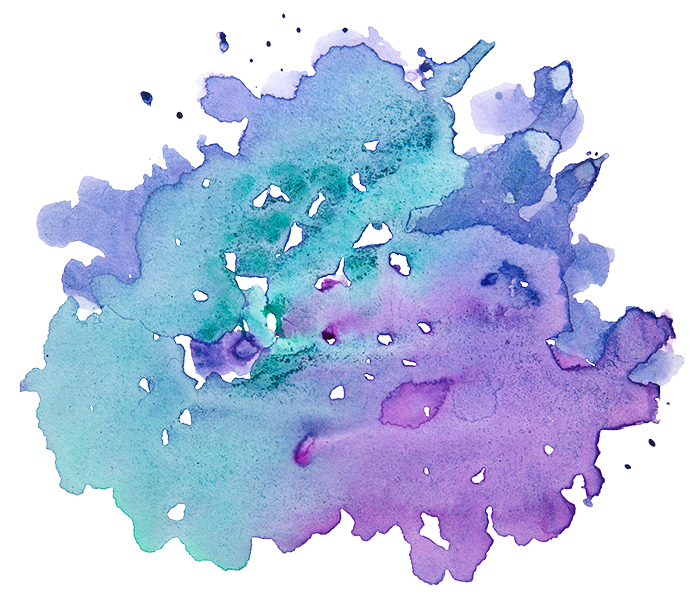"As we sang to you when you came out of the water, I thought that the Sinai Covenant had to be expanded yet again, as there was need to make room for another soul."
Jeff
Though each person’s path into Judaism is different, there are some commonalities to the process.
The Rituals of Conversion
When you and your clergy agree that you are ready, they will schedule conversion rituals, which include meeting with a beit din (a “court” of three knowledgeable Jews, typically clergy), circumcision or dam brit (symbolic circumcision) for men and boys, and mikveh. Not all clergy require all of these rituals for every convert; however, these three are typical and widely used.
Beit Din
The beit din is a rabbinic “court” of 3 learned Jews, usually clergy, who meets with a candidate for conversion.
The beit din meeting is not necessarily a test but rather a conversation to ascertain the sincerity of the candidate. Questions tend to focus on one’s Jewish journey, hopes and expectations for one’s Jewish future, and plans for further engagement and learning.
Circumcision / Hatafat Dam Brit
Ritual circumcision is a sign of the covenant between each individual man and the people of Israel. For men who have already been medically circumcised, this ritual involves the drawing of a drop of blood, hatafat dam brit, which is usually performed by a mohel, one who is trained in this practice and recites a blessing as it is performed. Your clergy should be able to answer questions about this practice and will either engage or refer you to a mohel.
Celebration
After all the ritual requirements are met and completed, it’s up to you, your family, and clergy to choose how and where to celebrate. Some new Jews prefer to keep things simple and private, accompanied by close family and clergy only. Others welcome the chance to gather with members of their congregation, friends, and extended family to eat, drink, give blessings and gifts.
Mayyim Hayyim provides a welcoming and home-like celebration space to mark this happy occasion at the mikveh. Please contact us at info@mayyimhayyim.org for information about renting and reserving space.
Mikveh
Immersion in a mikveh is the final ritual in the process of conversion. An act of rebirth – and the precursor / source of Christian baptism — the mikveh does not “wash away” one’s past life. It enacts a beginning and a promise.
As a mitzvah, or commanded action, immersion for conversion requires the recitation of a Hebrew blessing and the testimony of a witness.
At Mayyim Hayyim, the blessing is displayed for easy reading in Hebrew, English, and Hebrew transliteration. Special readings and kavanot are available.
When the new Jew dresses and returns to their clergy, family, and friends, they are typically greeted with smiles, applause and the singing of Siman Tov U’ Mazal Tov, a song of congratulations.
Videos
What is a Mikveh: A BimBam production
Becoming Jewish: At the Water’s Edge

